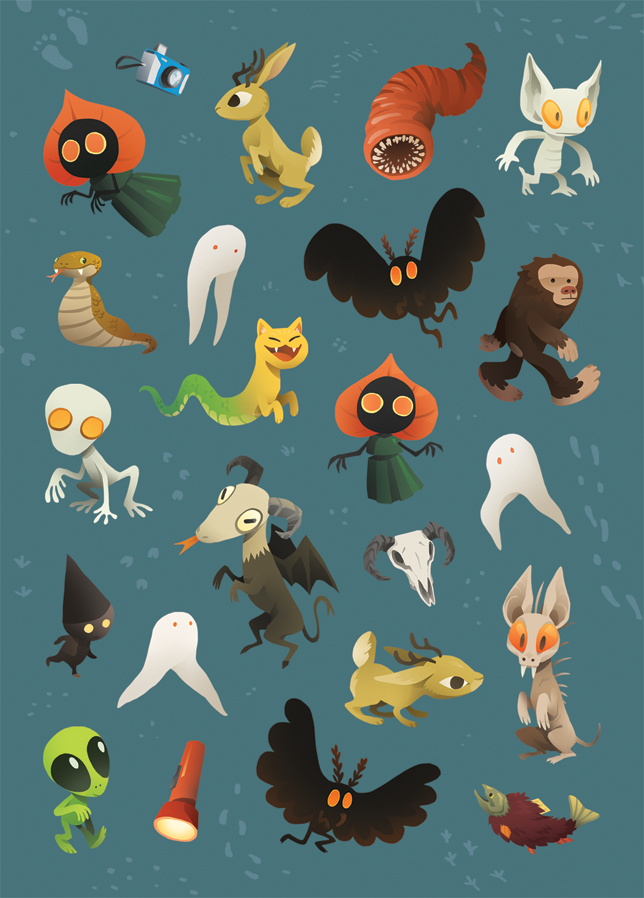
“Moth-man,” “the Flat-woods Monster” and “the Jersey Devil.” All of these names might seem familiar to you. These are what are called “cryptids” and science has had a long battle with whether or not they exist.
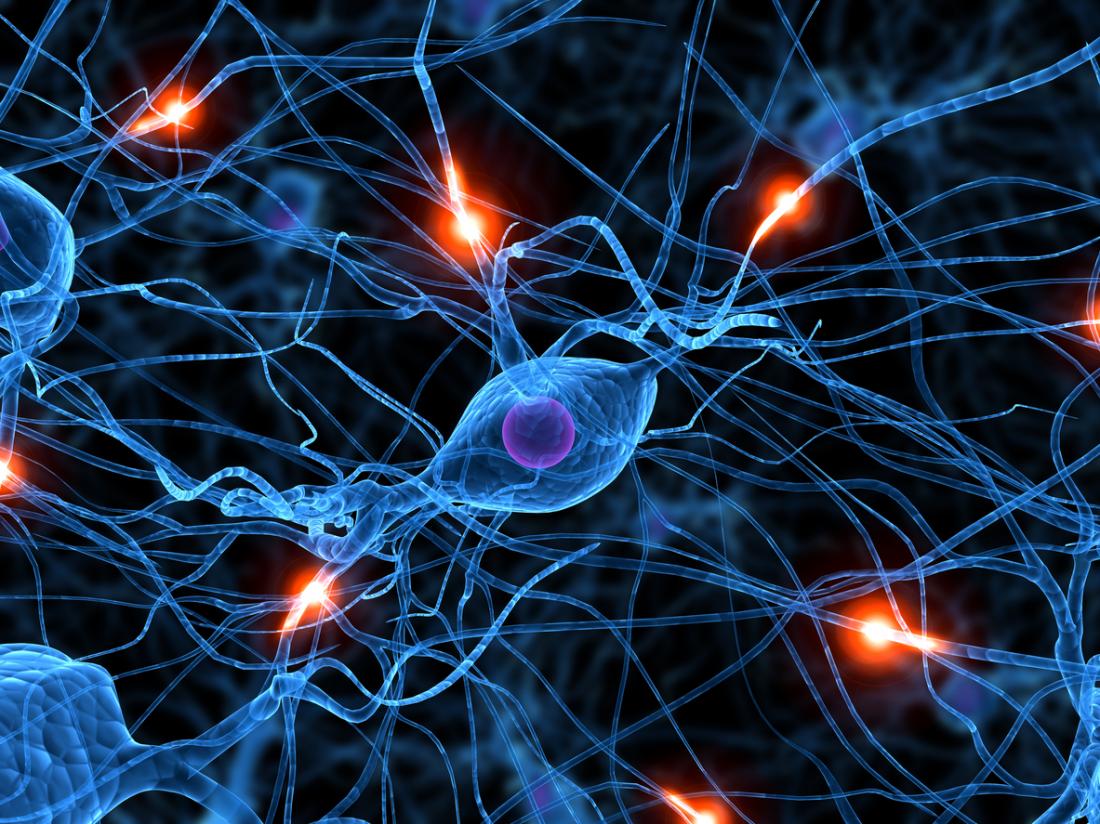
A new study shows how human brains react similarly to food deprivation as they do to social deprivation, indicating that loneliness can have a greater impact on mental health than previously expected.

In modern life, tension is inevitable. Yet compared to the mental and physical tsunami experienced by people with PTSD, the fatigue of a 12-hour work shift or the rush of adrenaline from a close call in highway traffic pales. PTSD and traumatic brain injury are often referred to as “invisible bruises”, and they are precisely that.

When animals begin to disappear, which disappearances impact their ecosystems the most? It turns out that when certain species known as keystone species disappear, an ecological collapse is its result.

Copenhill, a waste-to-energy plant designed by Bjarke Ingels, utilizes technology and creativity to create a building that is environmentally conscious, provides recreational fun to the public, and shows the world what is possible when we break the stereotypical mold of architecture.
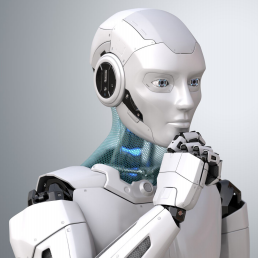
Robotics has undergone massive advances in recent decades, but what does the future hold for this growing industry?
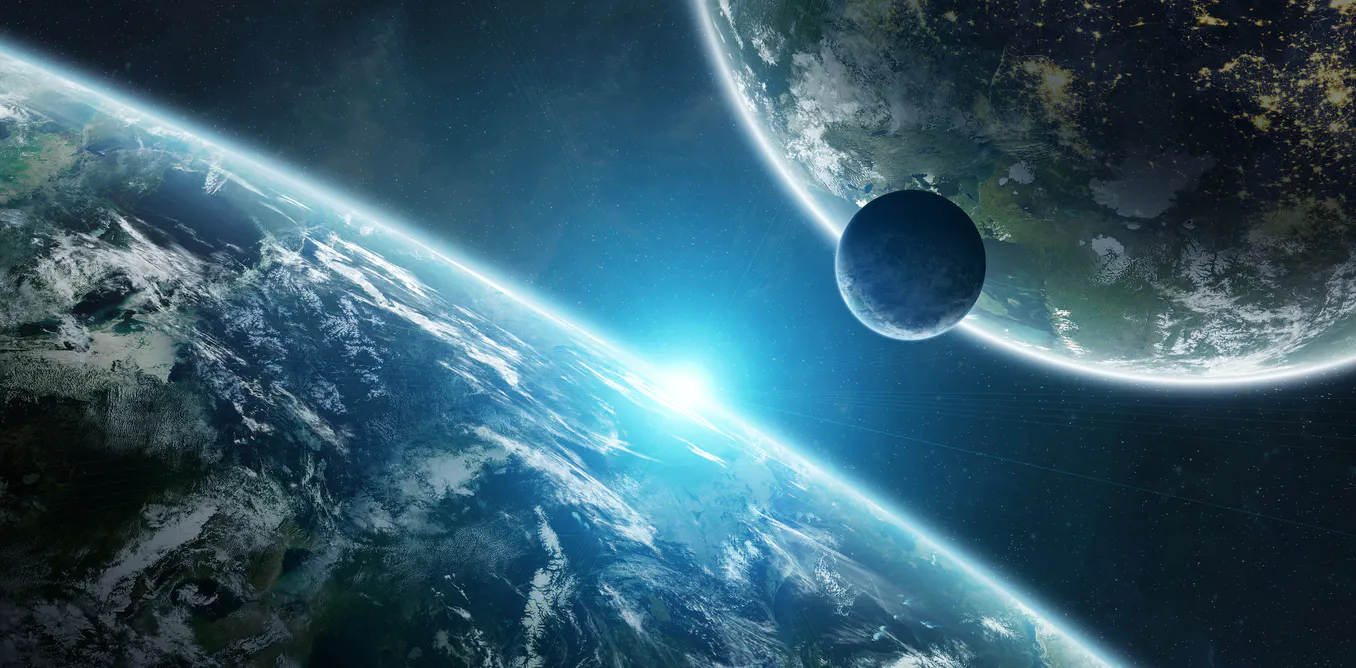
Humans like to put themselves on a pedestal of uniqueness by rejecting all claims that life might exist elsewhere. But math and statistics say otherwise.
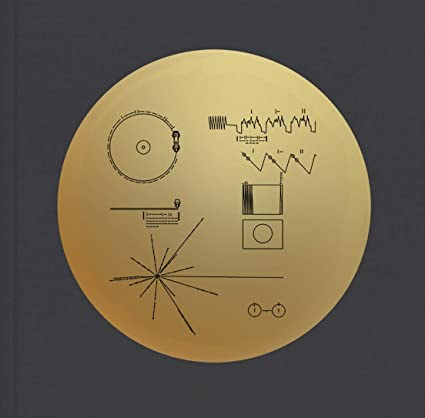
The Golden Record might as well be humanity’s most extensive attempt to contact extraterrestrial life. The Records contain materials from music of various cultures to greetings in various languages. These plaques try to represent all of humanity in 90 minutes so that any advanced space-faring civilization will be able to understand our way of life.
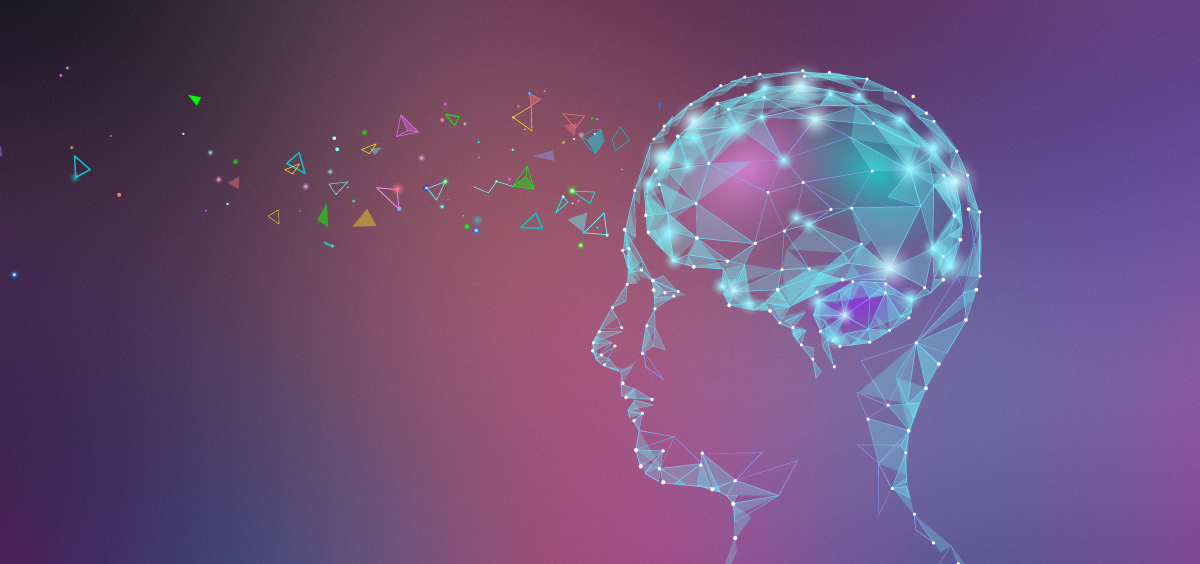
One risk factor for Alzheimer's disease is poor oral health. What is not clear is whether gum disease induces the condition or is merely a consequence. A privately funded research has now verified that the bacteria that cause gum disease are not only in the mouths but also in the brains of people with Alzheimer's. The research also finds that the bacteria cause brain alterations characteristic of the disease in mice.
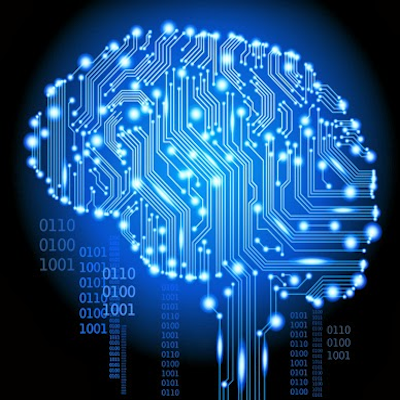
Memories have been a subject of interest to scientists from an early age. Understanding how memories function and change over time is vital to developments in research concerning the causes of memory loss, particularly with regards to Alzheimer’s disease.